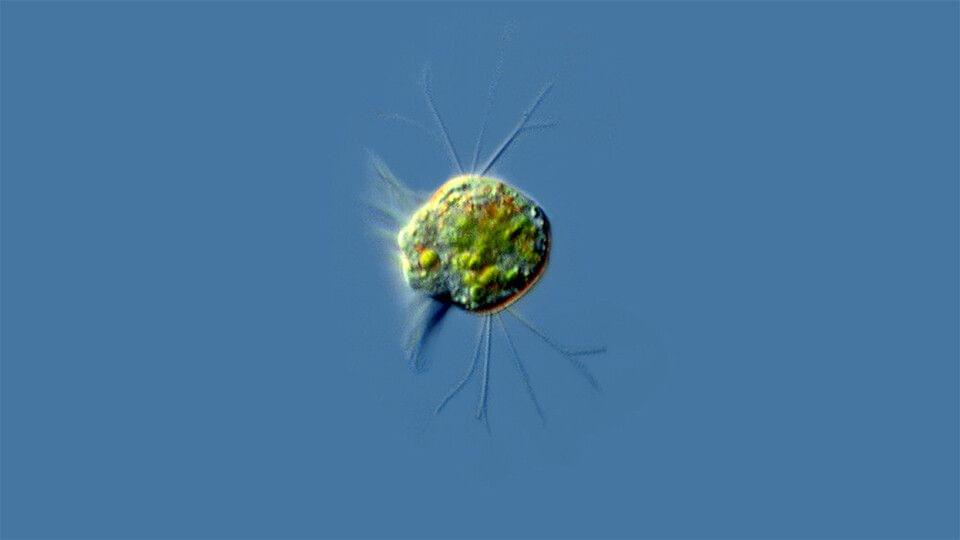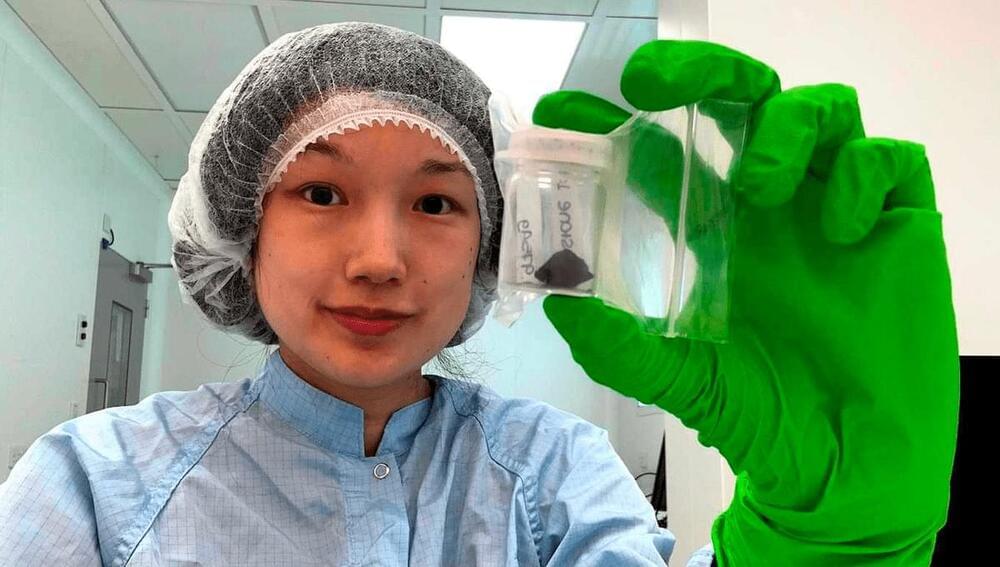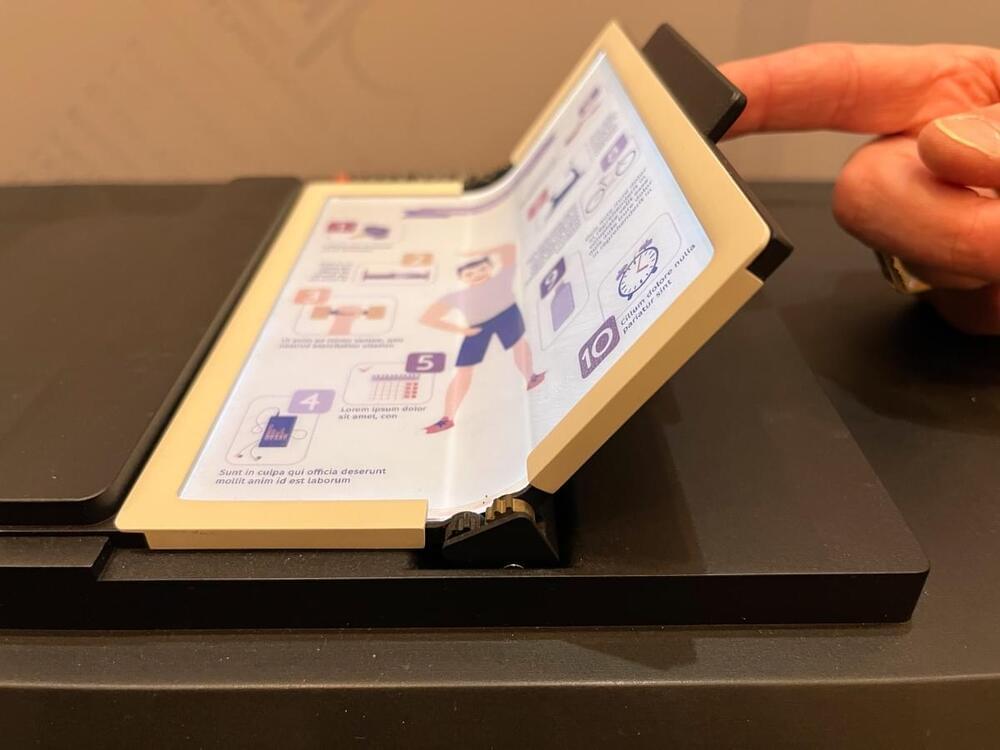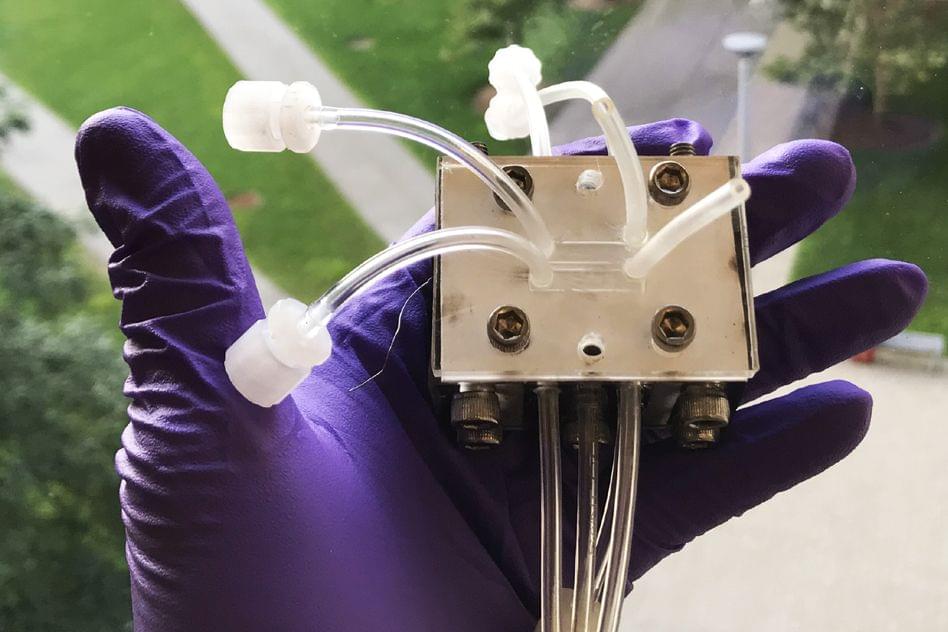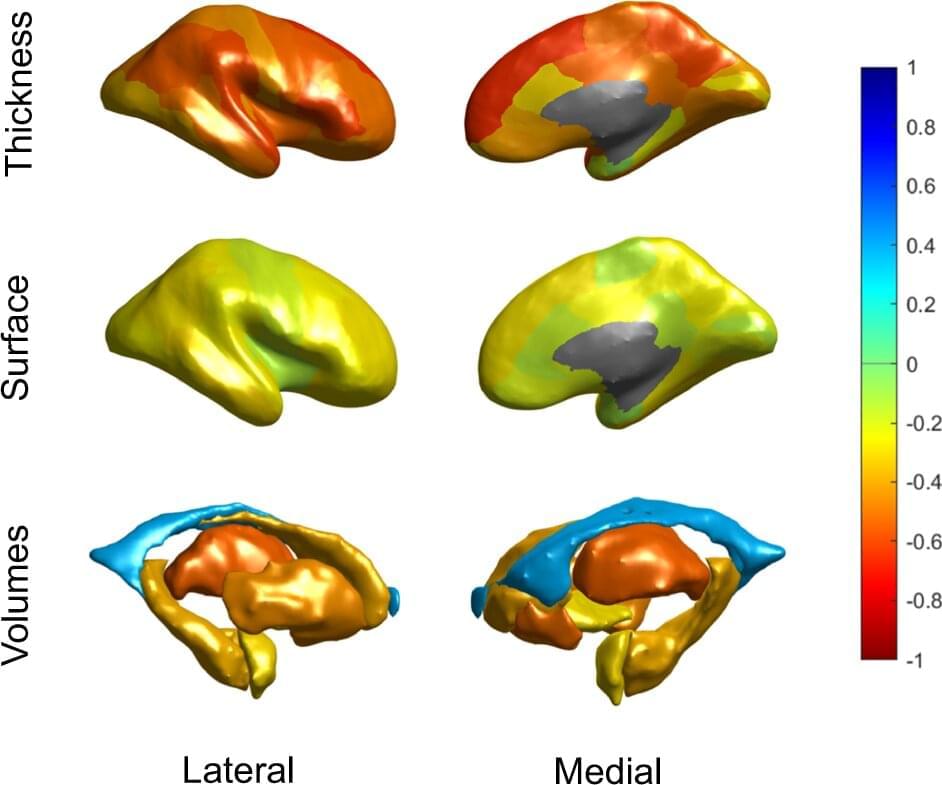In 2020 I joined the private beta test of Open AI’s Generative Pre-trained Transformer 3 (GPT-3), which is an earlier version of ChatGPT. When ChatGPT was released in November 2022, I started experimenting with it. For over two years I’ve been exploring the strengths and limits of this technology and assessing how this tool could be useful to me. I’m also interested how this new technology is being utilized by scientists and academics to make meaningful contributions to academic work and education.
A recent study demonstrated that ChatGPT was able to pass the US Medical Licensing Exam without any special training prior to the exam and was able to demonstrate a high level of insight in its explanations. The results suggest that ChatGPT may be able to assist with medical education.
I published the first article about my experiments with ChatGPT last week. The article entitled How The Evolution Of AI In Healthcare Aligns With Thomas Kuhn’s Structure has been viewed over 13,000 times, and has received and



